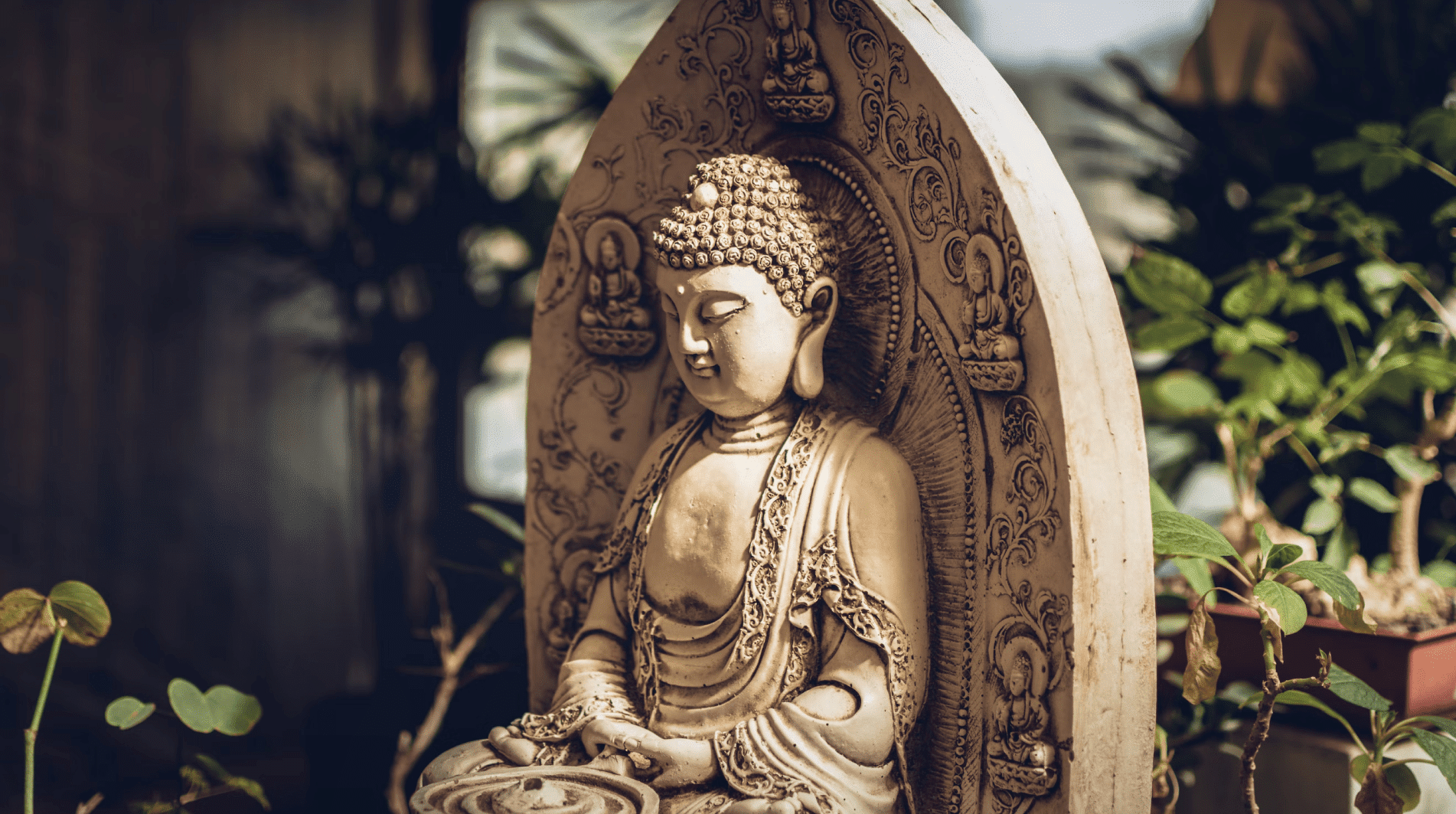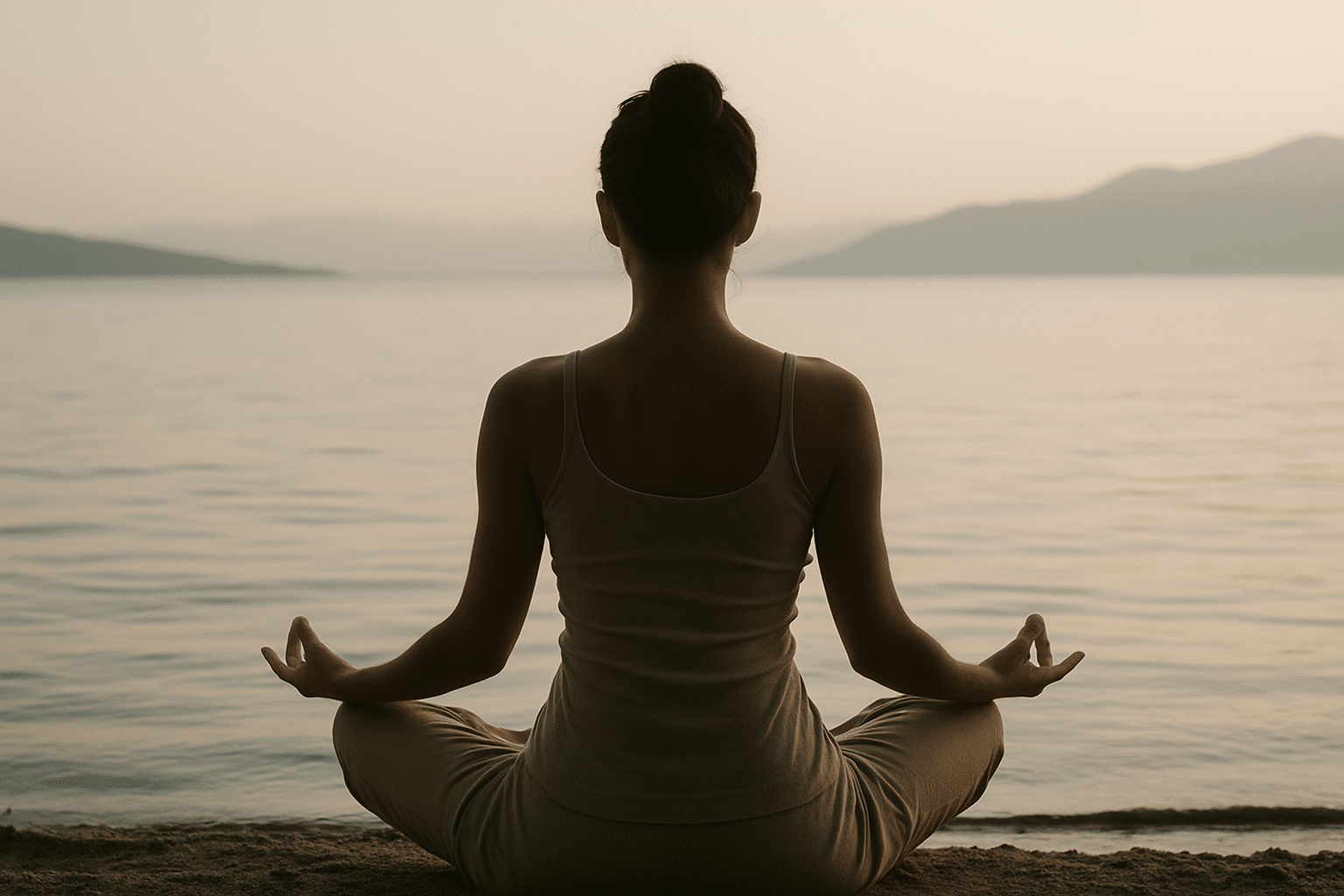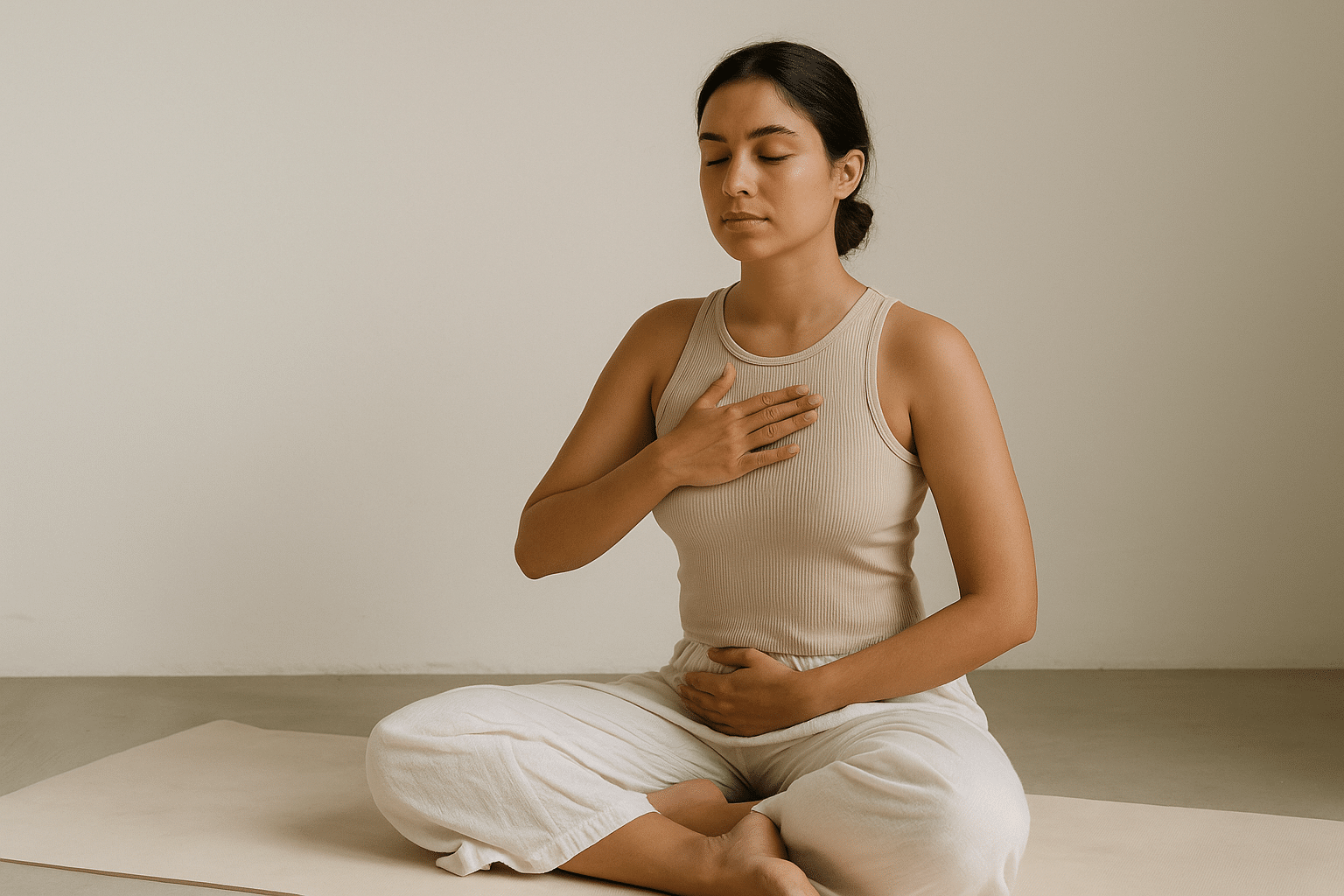
If you’ve started exploring yoga teacher trainings, you’ve probably come across two popular styles: Hatha and Vinyasa yoga. Though their external forms—postures, breathing, and mindfulness—may appear alike, the internal experience of each can vary significantly.. So, what is the difference between Hatha and Vinyasa yoga? And how do you know which one is right for your training?
Let’s break it down.
What is Hatha yoga?
Hatha is one of the oldest and most foundational styles of yoga, and was deeply explored in Light on Yoga by B.K.S. Iyengar. The word “Hatha” comes from Sanskrit and translates roughly to “force” or “effort,” but it’s also interpreted as a balance between “ha” (sun) and “tha” (moon). In practice, Hatha yoga is all about balance between strength and flexibility, breath and movement, mind and body.
Traditionally, Hatha was used as an umbrella term for any physical practice of yoga. Vinyasa is actually a form of Hatha yoga. Today, however, Hatha is often used in the West to describe slower, more static classes that focus on individual postures.
A typical Hatha class moves slowly. You’ll practice individual poses one at a time, often holding each for several breaths. There’s a strong emphasis on alignment, breath awareness, and cultivating inner stillness. Hatha is ideal for beginners or anyone looking to deepen their understanding of foundational poses.
It’s less about flowing and more about presence.
What is Vinyasa yoga?
Vinyasa yoga is a dynamic practice that connects breath to movement through a flowing series of postures. The term “Vinyasa” means “to place in a special way,” referring to the deliberate sequencing of poses.
A Vinyasa class involves continuous movement from one posture to the next, frequently incorporating sequences like Sun Salutations. Every movement is synchronized with either an inhale or an exhale, establishing a rhythm that is meditative, creative, and energizing.
Vinyasa is often faster-paced than Hatha. It can be physically demanding, but also incredibly freeing. You’ll build heat in the body, boost circulation, and experience the feeling of moving meditation.
Key differences between Hatha and Vinyasa
Hatha and Vinyasa yoga both integrate movement, breath, and awareness. However, the experience of each style is quite different. Here’s how they compare:
Pace
Hatha yoga moves slowly and mindfully. You hold each pose for several breaths, allowing time to explore alignment.
Vinyasa yoga is faster and more dynamic. Poses flow one into the next, guided by the rhythm of the breath.
Focus
Hatha emphasizes individual postures. The focus is on refining your form, deepening your breath, and creating steadiness.
Vinyasa emphasizes the transitions. It’s about how one pose connects to the next, creating a continuous, breath-led sequence.
Teaching style
Hatha is great for learning the foundations. It’s ideal for beginners and for teachers who want to focus on pose breakdowns and alignment.
Vinyasa is better suited for those who love creativity and movement. It’s ideal for building flowing sequences and energizing classes.
Physical experience
Hatha builds strength and flexibility gradually. Classes feel grounding, spacious, and introspective.
Vinyasa builds strength, flexibility, and cardiovascular endurance. Classes feel expressive, challenging, and fluid.
Which yoga style is best for teacher training?
The answer depends on what you’re looking for. If you’re drawn to detailed alignment and classical techniques, a Hatha-based teacher training might suit you best. You’ll learn to guide students safely through poses and teach breathwork with precision.
If you prefer fluid movement and want to teach creative, energetic classes, then a Vinyasa-focused training could be ideal. You’ll explore sequencing, transitions, and how to build a class that feels cohesive and alive.
Many modern teacher trainings incorporate both styles. This gives you a well-rounded education and prepares you to teach a wider variety of classes. At East+West, our curriculum blends classical Hatha with dynamic Vinyasa, honoring the roots of yoga while preparing you to teach in today’s world.
Can you combine Hatha and Vinyasa?
Yes—and many teachers do. Combining the two offers a balance of structure and flow. You might begin a class with slow Hatha postures to ground the body, then move into a Vinyasa sequence to build energy.
This hybrid approach is becoming more popular, especially among teachers who want to meet their students where they are. It allows for creativity, adaptability, and a deep understanding of yoga as both a physical and spiritual practice.
Understanding the difference between Hatha and Vinyasa yoga can deepen your personal practice. Hatha invites you to slow down, hold poses, and explore stillness. It offers space to refine your alignment, connect with your breath, and build steady strength. Vinyasa, on the other hand, encourages fluidity and freedom. It’s about moving with intention, syncing breath and motion, and embracing the rhythm of change.
Neither style is “better”—they simply offer different paths. Hatha helps cultivate patience and presence. Vinyasa supports creativity and momentum. You might gravitate toward one more than the other, or find that each serves you at different moments in life.
















